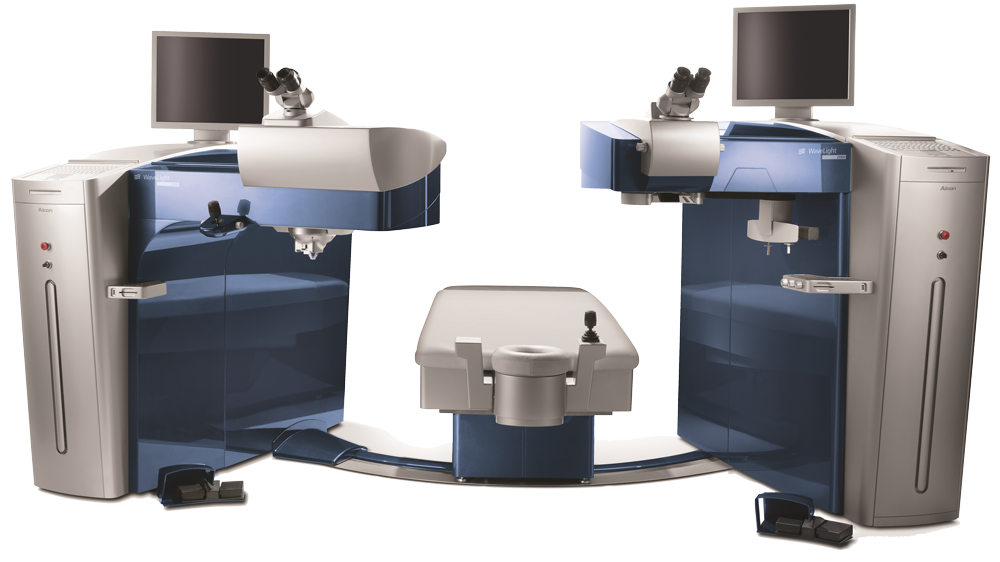LASIK Eye Surgery
LASIK is an acronym for Laser in-situ Keratomileusis and is the most commonly performed laser eye surgery today. It is a wonderful option for individuals who desire a reduction in dependence on eyeglasses or contact lenses. For both personal and professional reasons, active and social patients choose LASIK as it allows them to more freely pursue their hobbies, sports activities or career options. LASIK is generally safe and is a very successful procedure when patients take the time to educate themselves and diligently search for a skilled and qualified surgeon.
LASIK was approved in 1995 by the U.S Food and Drug Administration. Since its approval, advancements in technology have continued to increase its effectiveness and safety profile.
The LASIK Procedure (also known as laser vision correction)
The LASIK procedure is performed in several steps. In preparation for the procedure, the surgeon applies anesthetic eye drops to numb the eye. The cornea is then marked with water-soluble ink which assists with the alignment of the corneal flap during latter stages of the surgery.


The first step is to create a flap in the corneal tissue. The traditional method of flap creation involves using a high precision blade system called a microkeratome. In 2006, Dr. Hamilton was the first surgeon at the UCLA Stein Eye Institute to utilize a high precision femtosecond laser to create the flap without a blade. Today, Dr. Hamilton continues to use the very latest technology in laser flap creation, the revolutionaryVisuMax laser by Carl Zeiss Meditec
Step two of the LASIK procedure involves reshaping the corneal tissue to change the patient’s prescription. Dr. Hamilton will lift the corneal flap (which resembles a soft contact lens), ensuring the patient is fixating on the flashing target light, engage a high performance eye tracking system which locks the laser onto the patient’s pupil, and then apply the laser beam to reshape the corneal curvature. The “excimer” laser Dr. Hamilton uses for the reshaping is computer-controlled and customized to optimize the reshaping based on the starting shape of the individual patient’s cornea. The excimer laser is a “cool” laser and generates its power from light in the ultraviolet range. Because it does not generate any heat, there is no damage to the surrounding tissue. This allows Dr. Hamilton unprecedented precision to remove microscopic layers of tissue, approximately 1/10th the width of a human hair, to achieve the desired result.


Once the laser treatment is completed, the corneal flap is then replaced over the treated area. This flap serves as a natural bandage, which helps to lessen the discomfort after surgery. It also helps to expedite the healing process. Because of the extraordinary bonding properties of the corneal tissue, stitches are not needed.
Upon completion of the procedure, the patient is encouraged to go home and rest through the evening. The patient will typically experience light sensitivity, tearing and the sensation of having something in the eye for 4-5 hours following the LASIK procedure. While the majority of patients notice better vision immediately, most will have the most dramatic improvement occur overnight.
LASIK Risks
Although LASIK is performed commonly in the United States, it is still a surgical procedure and therefore has risks. It is important that you are well educated. During your pre-operative evaluation, be sure that you discuss those risks with Dr. Hamilton. Every patient’s eye is different and various treatment options are available to Dr. Hamilton to provide you with the best possible results. The only way to determine if LASIK (or an alternative procedure) is right for you is to have a thorough consultation and examination with an experienced eye surgeon like Dr. Hamilton.

